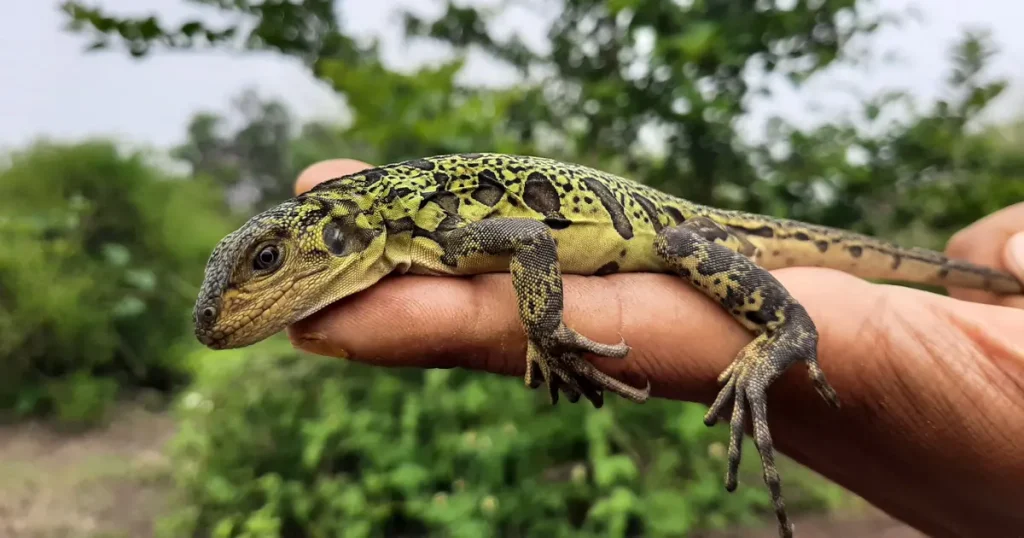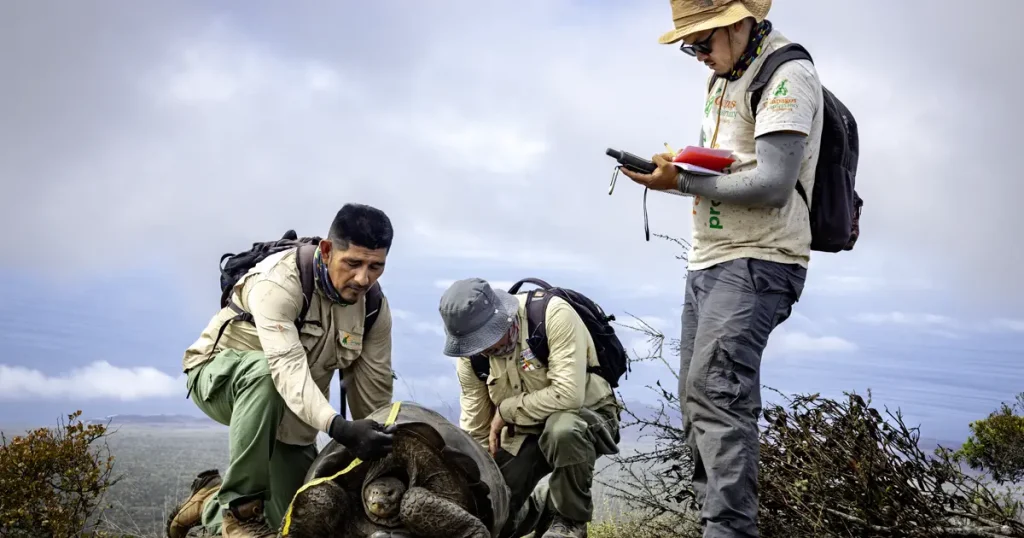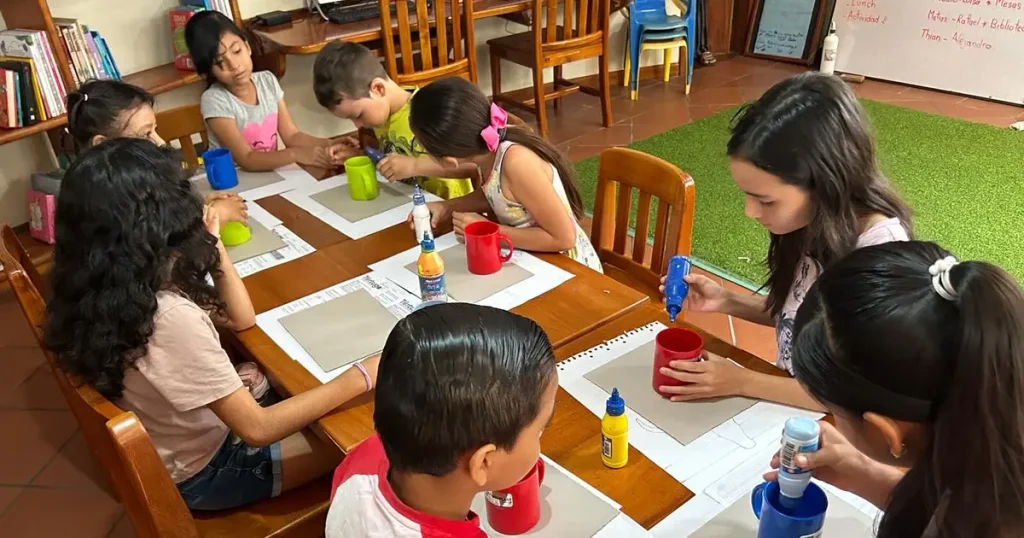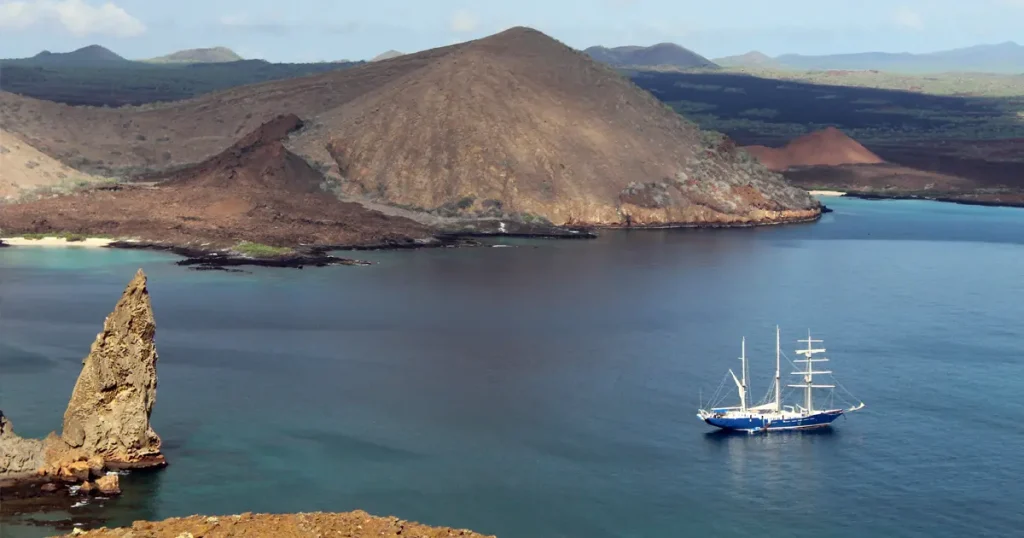Protecting the Unique Landbirds of the Galápagos Islands
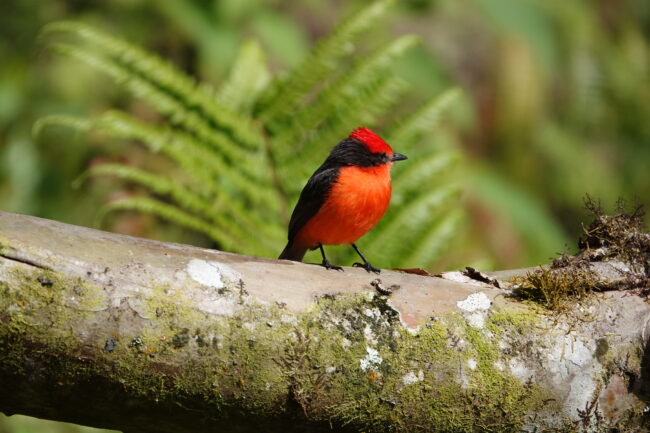
For visitors who have the opportunity to view them, landbirds in Galápagos are among the most beautiful creatures in the Islands. As plant pollinators and seed dispersers, they also fill a critical niche in maintaining healthy terrestrial ecosystems. There are 28 resident landbird species in the Archipelago, including the iconic Darwin’s finches (17 species) and charismatic mockingbirds (4 species).
Galápagos Conservancy, in partnership with the Charles Darwin Foundation, has been funding a project to ensure the long-term conservation of small landbirds in Galápagos.
Last year, the scientists leading the project observed that eight Little Vermilion Flycatcher chicks had successfully fledged in plots of land where invasive plants have been removed, higher than any previous breeding season. In stark contrast, nesting success outside the management area was zero.
Given the promising results of the experimental interventions to increase the breeding success of the critically endangered population of the Little Vermilion Flycatcher in Santa Cruz, the GNPD decided to clear invasive vegetation in neighboring areas where Vermilion Flycatcher pairs were observed with no breeding success in the last years.
An additional five hectares have now been cleared in Mina Granillo Rojo, bringing the total area under management to 11 hectares. These actions benefit the birds and other species and communities in the forest; a survey of the vegetation in this area has found signs of recovery of endemic and native highland plants.

Moreover, the genome of the Little Vermilion Flycatcher was sequenced with the support of the California Academy of Sciences. More than half of the genome of 57 birds was sequenced from different islands.
Based on the investigation’s positive results, an integrated management plan was prepared and submitted to the Galápagos National Park Directorate (GNPD) outlining the activities that will be undertaken through 2025 to protect the Little Vermilion Flycatcher on Santa Cruz Island.
“We want to contribute to reverse the decline of the small landbird populations in the Galápagos Islands by providing science-based strategies to the Galápagos National Park Directorate,” said Washington Tapia, General Director of Galápagos Conservancy.
